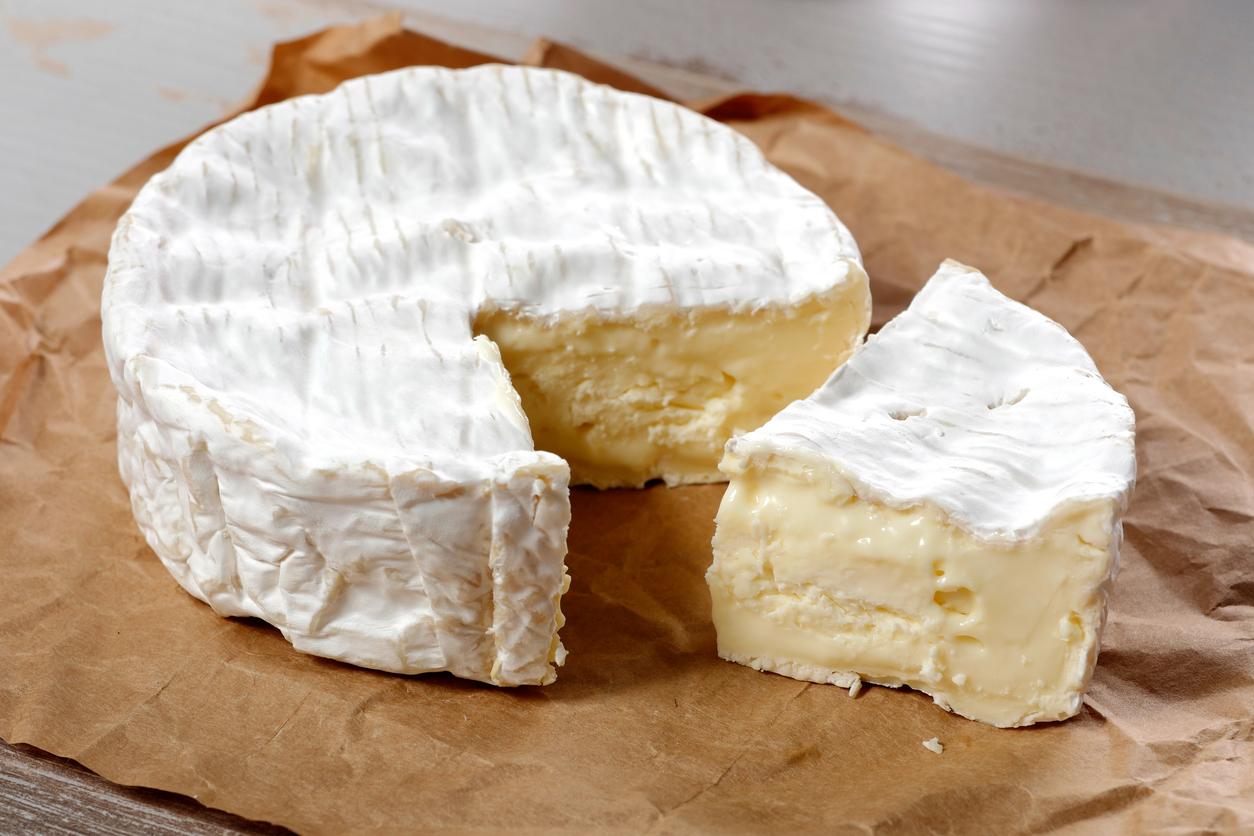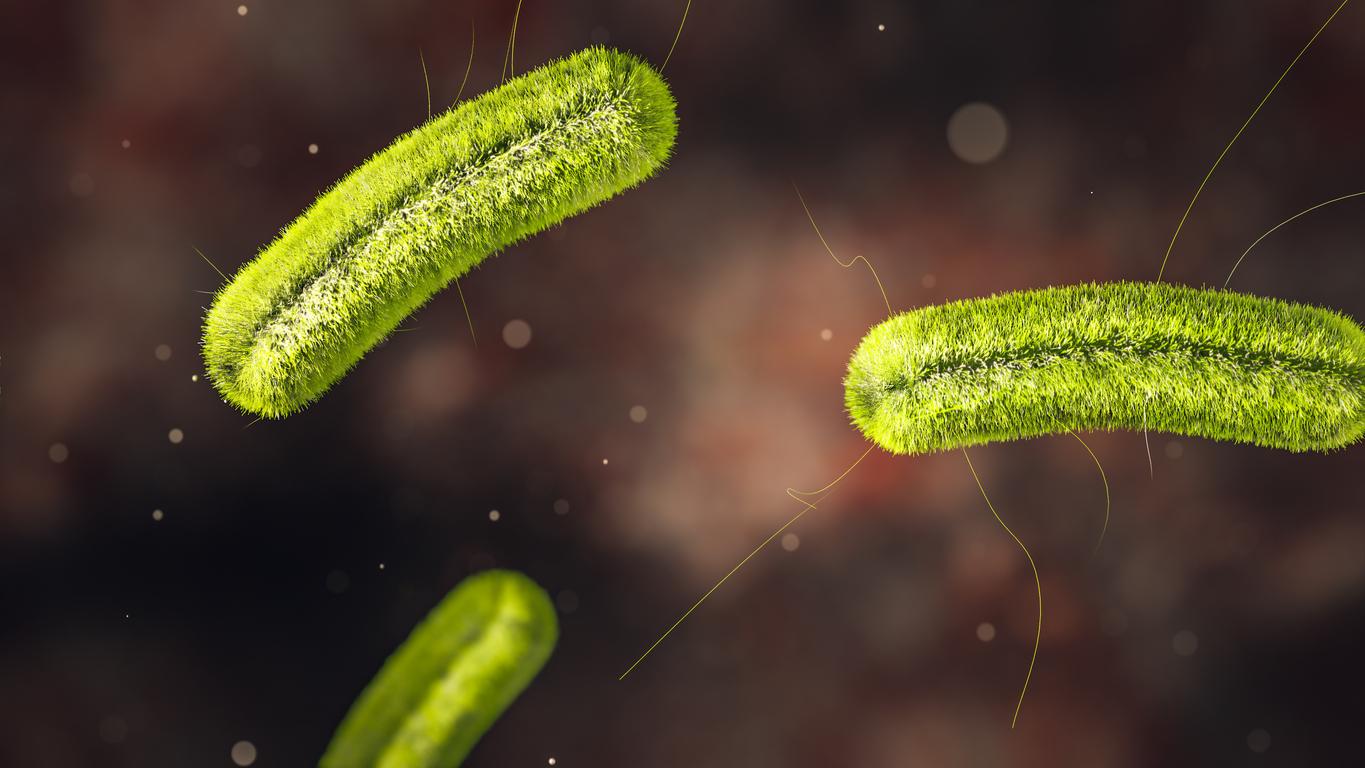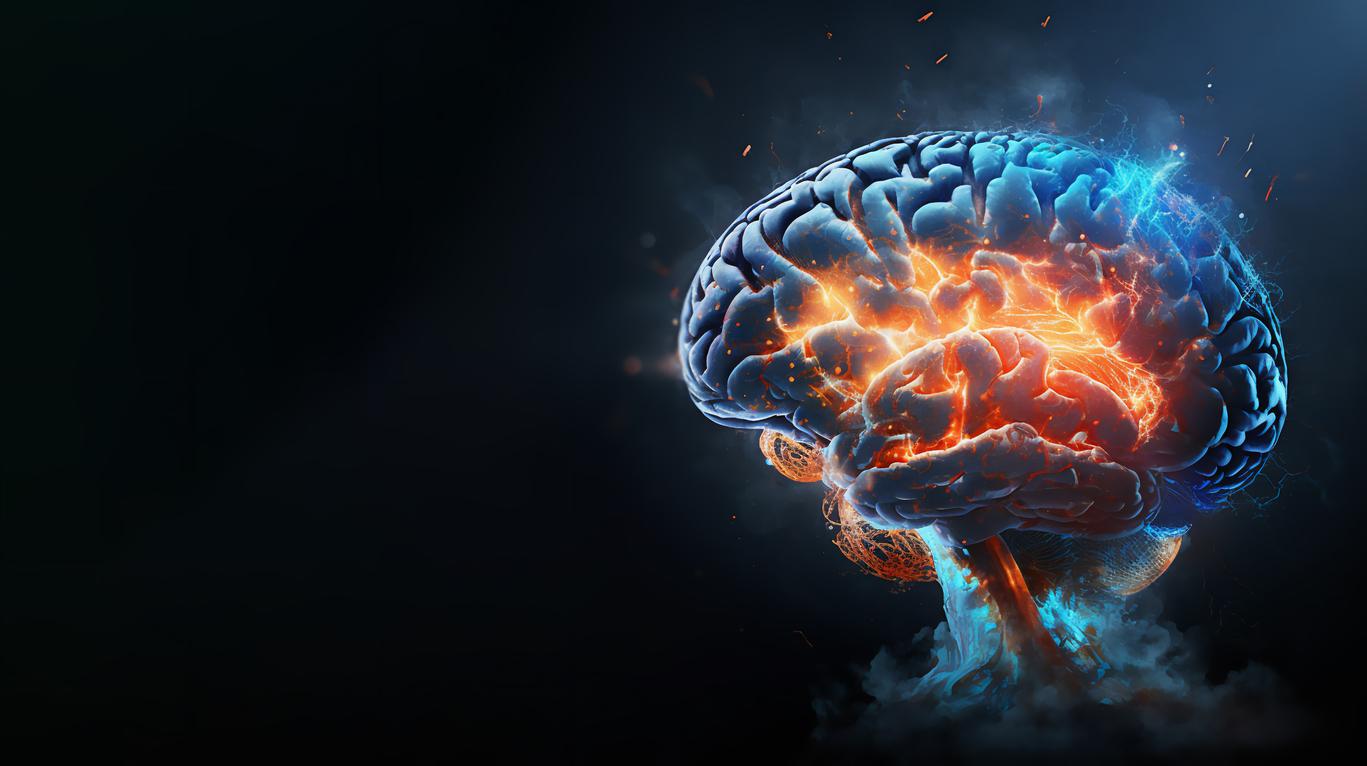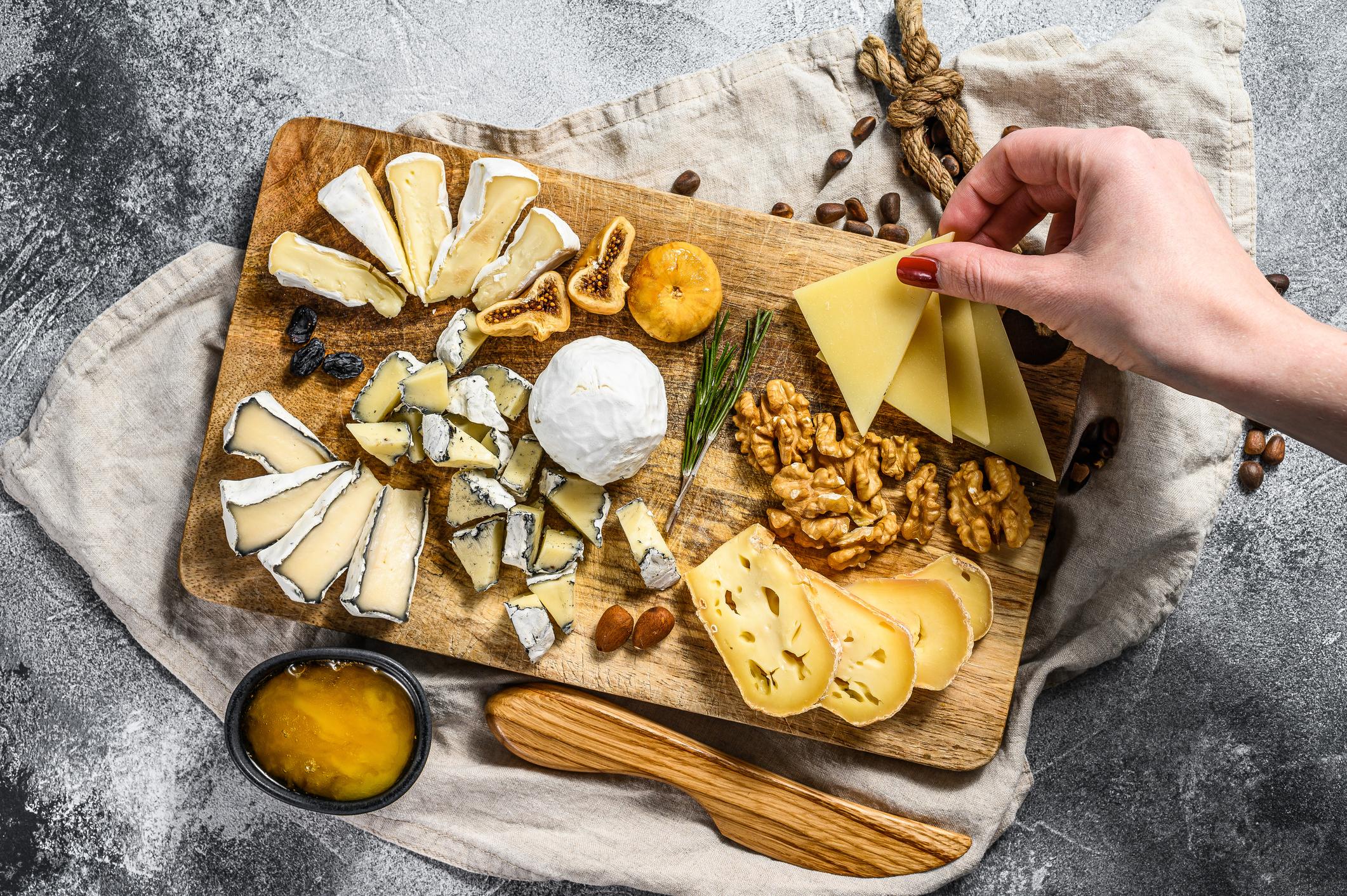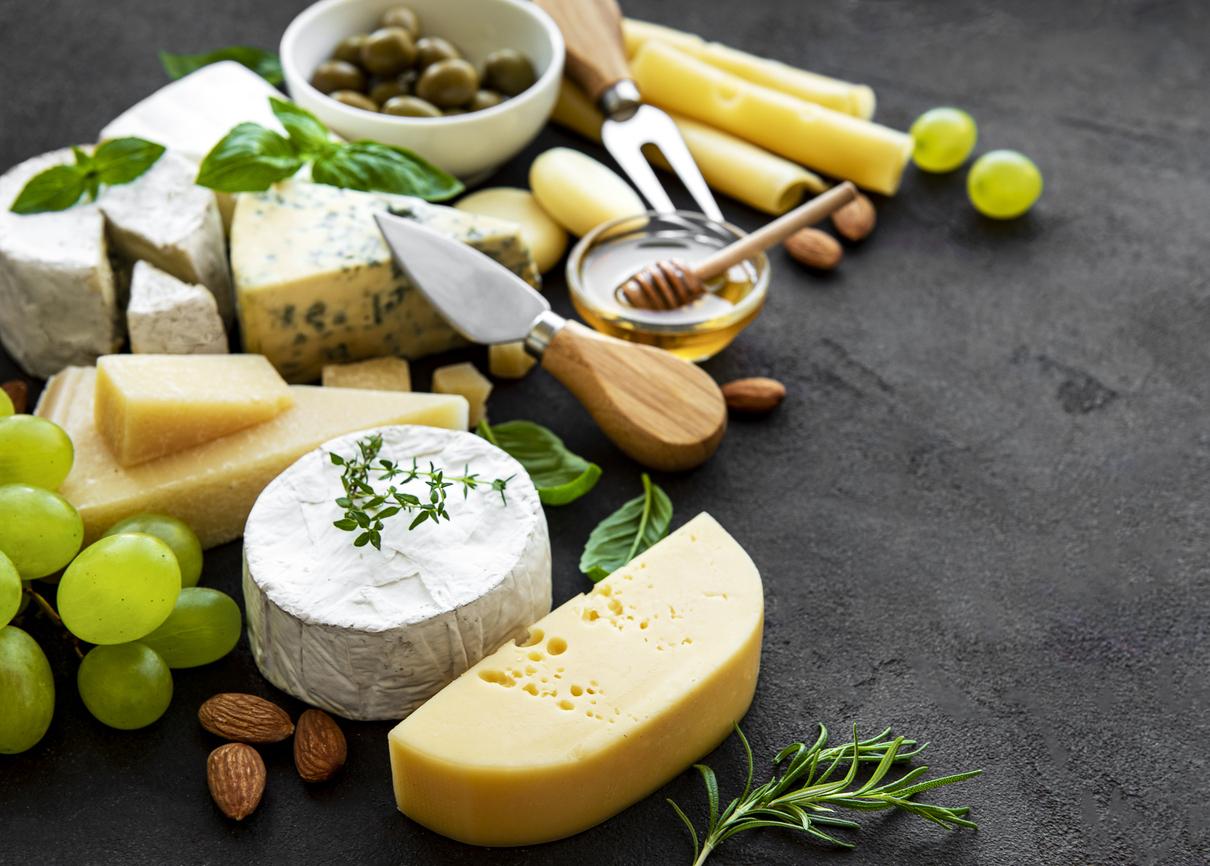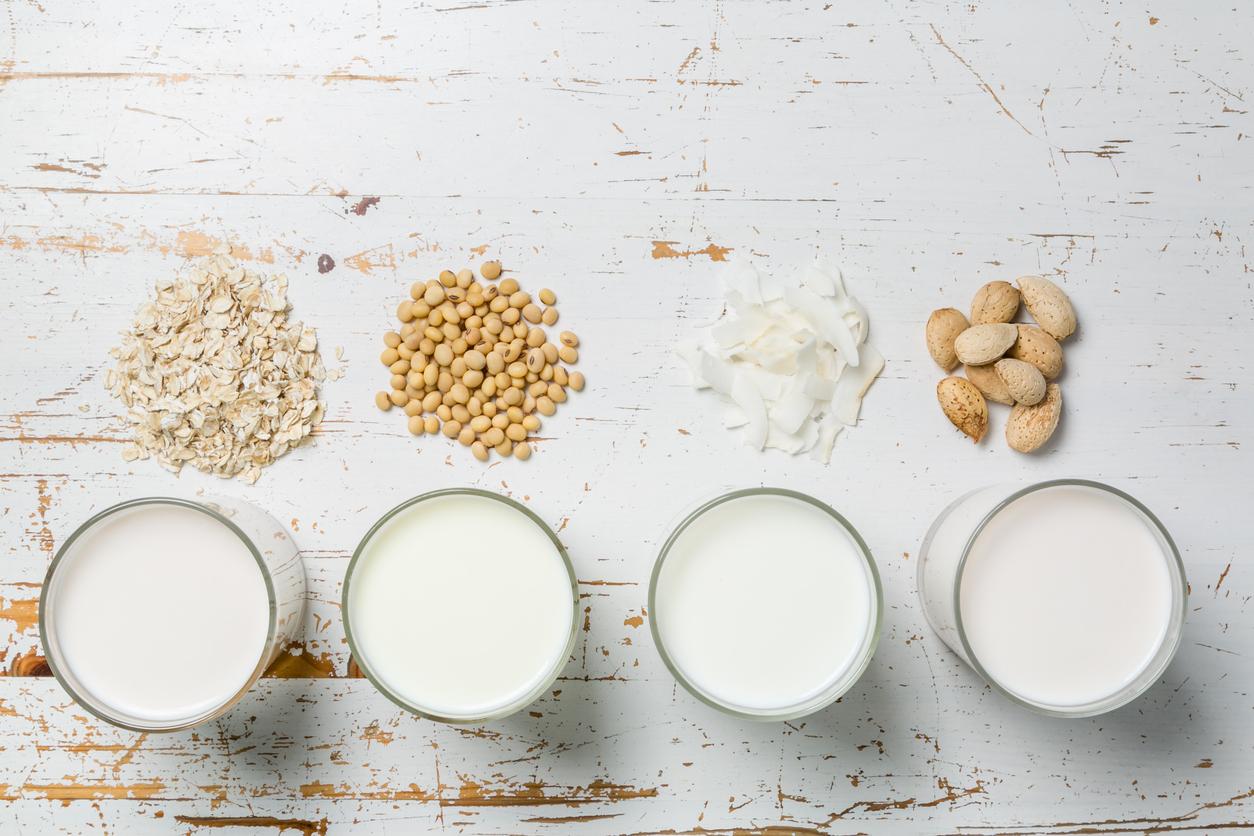Cheese is one of the foods that most people turn off. Because of brain differences.

Munster, Epoisses, Camembert… Even those who adore them pout when their scent tickles their nostrils. For others, the best of French gastronomy provokes such disgust that they leave the table when it comes time for the cheese board or no longer dare to open the fridge. An aversion deciphered for the first time by researchers from the Lyon Neuroscience Research Center and the Neuroscience Paris Seine laboratory. Their results are presented in the journal Frontiers in Human Neuroscience.
In the animal kingdom, disgust is one of the most important emotions: it is one of the keys to survival, “hence the interest in studying the cerebral mechanisms at work”, underlines the CNRS. in a press release. The French researchers opted for cheese because they seemed to them that a good number of people refused to swallow this dish.
A fact proven by a survey carried out by neuroscientists. Out of 332 people, 6% are disgusted by cheese, ahead of fish (2.7%) or cold cuts (2.4%). A disgust that would originate in the brain, according to the functional magnetic resonance imaging study carried out on 30 volunteers, half of whom were put off by cheese.
Reward circuit
To study the brain reactions to this food, the researchers confronted the participants with the image and smell of 6 different cheeses, as well as 6 control foods. For each product, the guinea pigs had to say whether the sight or the smell bothered them or not, and whether it whetted their appetite.
In people who don’t like cheese, researchers have found that the ventral pallidum, a structure that activates when one is hungry, is completely inactive when the much-hated delicacy is presented. On the contrary, it was activated by all other foods.
And paradoxically, neuroscientists have noted that the areas involved in the reward circuit (the globus pallidus and the substantia nigra) are more stimulated in people who are not fond of cheese than those who enjoy it. For researchers, this phenomenon seems to indicate that the reward circuit is used both in response to a pleasant feeling or, on the contrary, unpleasant. A duality which suggests that these “regions include 2 types of neurons with complementary activities: one linked to the rewarding nature of a food, the other to its aversive nature”. This brain circuit could therefore encode disgust and pleasure.
.







